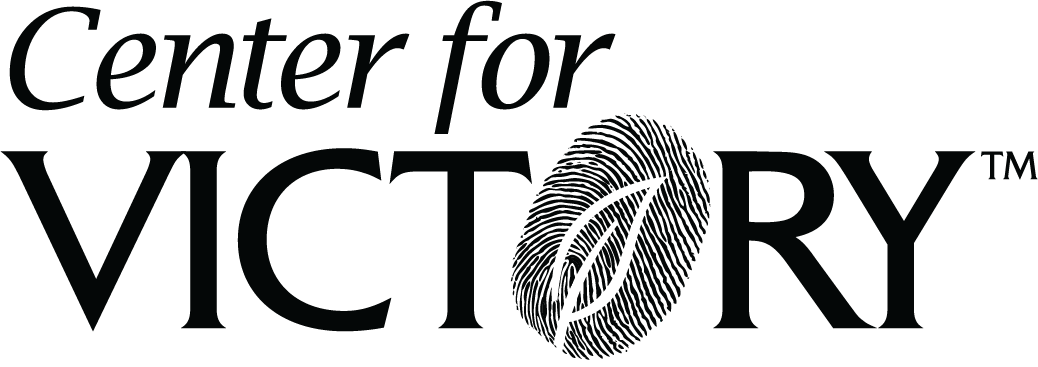
Developing the Next Generation of Leaders
In a recent SHRM article they discussed the importance of building better leaders. When top executives retire or leave the role, you want to know that the next leaders stepping into the open positions have the skills and knowledge to be successful. But fewer than half of the 1,000 C-suite leaders recently surveyed ranked their organization’s overall leadership quality as “excellent” or “very good,” according to the DDI Global Leadership Forecast 2018. When they were asked to name their biggest challenges, 64% said developing the next generation of leaders.
It’s not surprising that developing leaders is seen as a challenge. In the first 18 months of being promoted to an executive role, 30 percent to 70 percent of senior leaders fail, according to a number of studies. Often times, the senior leaders that fail, were promoted to that position because they had success in previous roles. This means that past behavior is not a reliable predictor for future behavior.
Organizations need to start improving their process of selecting and developing their next generation of leaders. 360-degree feedbacks are a great way to assess current behavior. However, John Scott, the chief operating officer and co-founder of APTMetrics, an HR consulting company, recommends immersing future leaders in business case simulations that apply to their organizations to gain insight into how they will adapt and solve future problems.
“There tends to be a one-size-fits-all approach to development, so every leader gets exposed to exactly the same thing rather than having a more personalized development experience,” says Mark Busine, vice president of product management at Development Dimensions International’s (DDI’s) global headquarters in Pittsburgh.
To be more effective, Busine says, leadership development programs should:
Offer personalized learning. Tailor development opportunities to a leader’s particular needs.
Focus on the business context. Identify the strategic and cultural priorities of the organization. What global and economic market challenges will the company and the industry face in the future? Ensure that development opportunities are tied to those.
Provide relevant learning. Ensure that what participants are learning can be used immediately to address the situations and challenges that they’re facing. One way to add relevant is to spend less time telling potential leaders what to do and more time immersing them in situations where they can get needed experience.
According to the DDI report, companies in the top third in terms of financial performance are twice as likely to have high-quality leaders as those in the bottom third. That means having an effective leadership development program is crucial for an organization to achieve it’s business goals and financial success.
Furthermore, the DDI research shows that when companies expand their leadership development programs to lower levels within the organization, they are four times more likely to financially outperform those that don’t. To drive innovation, it’s important to start looking for “hidden talent” within the organization who will provide fresh perspective and insights.
Developing leadership skills is neither fast nor easy, but with long term commitment and dedication from both employee and employer, the results can prove to be a game changer for the future of the organization.
Search Posts
Subscribe!
Recent Posts
- Episode 226: Around the World May 28, 2025
- Episode 225: Better Beats Perfect May 23, 2025
- Episode 224: Pavement to Purpose May 15, 2025
- Episode 223: The Talent Trap May 6, 2025
- Episode 222: Creating What’s Next April 29, 2025
